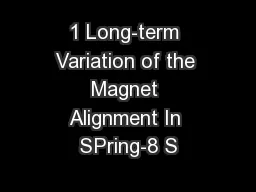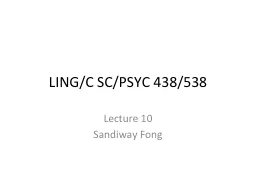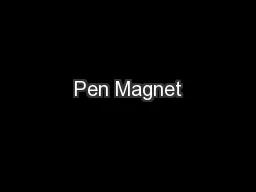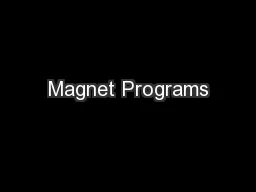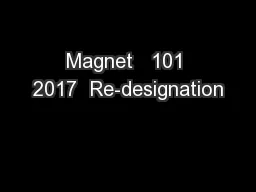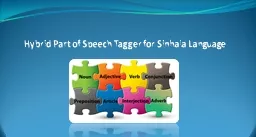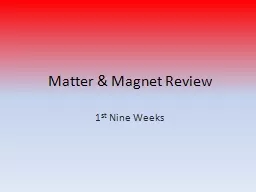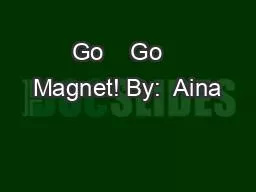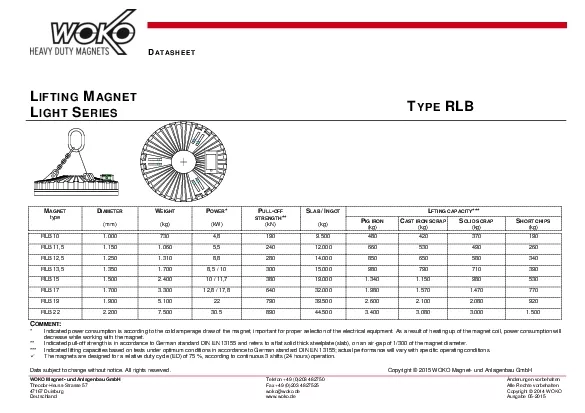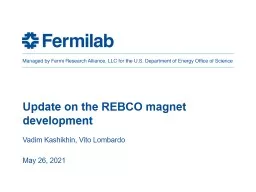PPT-Tagger Magnet Procurement Schedule
Author : test | Published Date : 2019-11-18
Tagger Magnet Procurement Schedule Jim Stewart JLAB Internal Review May 2009 Tagger magnet design 15 T nominal field 11 m wide 14 m high 63 m long Slabbed construction
Presentation Embed Code
Download Presentation
Download Presentation The PPT/PDF document "Tagger Magnet Procurement Schedule" is the property of its rightful owner. Permission is granted to download and print the materials on this website for personal, non-commercial use only, and to display it on your personal computer provided you do not modify the materials and that you retain all copyright notices contained in the materials. By downloading content from our website, you accept the terms of this agreement.
Tagger Magnet Procurement Schedule: Transcript
Download Rules Of Document
"Tagger Magnet Procurement Schedule"The content belongs to its owner. You may download and print it for personal use, without modification, and keep all copyright notices. By downloading, you agree to these terms.
Related Documents


